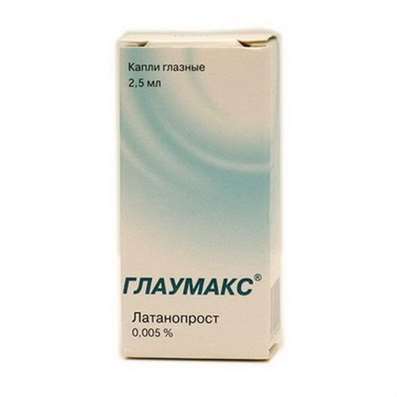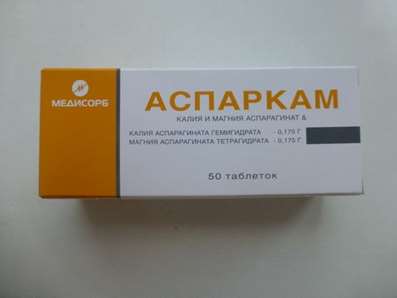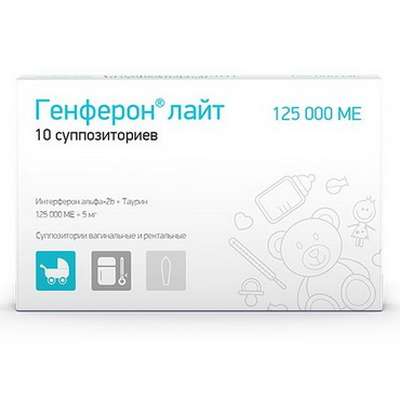Instruction for use: Belladonna folia extract + Benzocaine + Metamizole sodium + Sodium hydrocarbonate
I want this, give me price
(Extractum foliorum Belladonnae+Benzocainum+ Methamizolum natrium+Natrii hydrocarbonas)
Pharmacological group
M Cholinolytics in combinations
Pharmacotherapy
The combined preparation has antispasmodic, antacid, local anesthetic and analgesic effects.
Indication
As a symptomatic means for eliminating the pain syndrome in gastrointestinal diseases accompanied by increased secretion of gastric juice and spasms of smooth muscles (hyperacid gastritis, peptic ulcer and duodenal ulcer, heartburn, belching, gastralgia, spastic colitis, spasm of smooth muscles of the digestive system).
Contraindications
Hypersensitivity, zakratougolnaya glaucoma, prostatic hyperplasia, oppression hemopoiesis (granulocytopenia, leukopenia, agranulocytosis, cytostatic or infectious neutropenia), severe hepatic and / or renal failure, hereditary hemolytic anemia associated with a deficiency of glucose-6-phosphate dehydrogenase, "aspirin" asthma, Pregnancy (especially in the first trimester and in the last 6 weeks), lactation period.
Preucations
Diseases of the kidneys (pyelonephritis, glomerulonephritis, including in the anamnesis), prolonged abuse of ethanol, pregnancy (especially in the first trimester and in the last 6 weeks).
Dosing. Inside, before meals, 1 tablet 2-3 times a day. The highest single dose for adults - 3 tablets, daily - 10 tablets. The duration of treatment is determined by the doctor.
Side effect
On the part of the urinary system: a violation of kidney function, oliguria, anuria, proteinuria, interstitial nephritis, staining the urine in red.
Allergic reactions: urticaria (including conjunctiva and mucous membranes of the nasopharynx), angioedema, in rare cases - malignant exudative erythema (Stevens-Johnson syndrome), toxic epidermal necrolysis (Lyell's syndrome), bronchospastic syndrome, anaphylactic shock.
On the part of the organs of hematopoiesis: agranulocytosis, leukopenia, thrombocytopenia.
Other: decreased blood pressure, dry mouth, thirst, constipation, mydriasis, paresis of accommodation, temporary visual impairment, dysuria, urinary retention, palpitations, drowsiness, dizziness, psychomotor agitation, convulsions.
Overdose
Symptoms: nausea, vomiting, gastralgia, oliguria, hypothermia, decreased blood pressure, tachycardia, dyspnea, tinnitus, drowsiness, delirium, impaired consciousness, acute agranulocytosis, hemorrhagic syndrome, acute renal and / or hepatic insufficiency, seizures, respiratory muscle paralysis.
Treatment: gastric lavage, saline laxatives, activated charcoal; Conducting forced diuresis, hemodialysis, with the development of convulsive syndrome - intravenous diazepam and high-speed barbiturates.
Interaction
Enhances the effects of ethanol; Simultaneous application with chlorpromazine or other derivatives of phenothiazine may lead to the development of severe hyperthermia.
Radiocontrast drugs, colloidal blood substitutes and penicillin should not be used during treatment with metamizole.
With simultaneous administration of cyclosporine, the concentration of the latter in the blood decreases.
Metamizole, displacing from the bond with the protein, oral hypoglycemic drugs, indirect anticoagulants, GCS and indomethacin, increases their activity.
Phenylbutazone, barbiturates and other hepato inductors with simultaneous administration decrease the effectiveness of metamizole.
Simultaneous appointment with other non-narcotic analgesics, tricyclic antidepressants, contraceptive hormonal drugs and allopurinol may lead to increased toxicity.
Sedative drugs and anxiolytic drugs (tranquilizers) increase the analgesic effect of metamizole.
Thiamazole and cytostatics increase the risk of developing leukopenia.
The effect is enhanced by codeine, H2-histamine receptor blockers and propranolol (slows inactivation).
Special instructions
Do not use the drug to people whose activities require increased visual acuity.
In the treatment of patients receiving cytotoxic drugs, metamizole sodium should be administered only under medical supervision.
Patients with atopic bronchial asthma and pollinosis have an increased risk of allergic reactions.
Against the background of taking metamizole sodium, the development of agranulocytosis is possible, therefore, if an unmotivated rise in temperature, chills, sore throats, difficulty swallowing, stomatitis, and the development of the phenomena of vaginitis or proctitis, immediate withdrawal of the drug is necessary. With prolonged use, it is necessary to monitor the picture of peripheral blood.
It is unacceptable to use to relieve acute pain in the abdomen (until finding out the cause).
Against the backdrop of treatment, it is possible to stain urine in red due to the release of a metabolite (it does not matter).

 Cart
Cart





